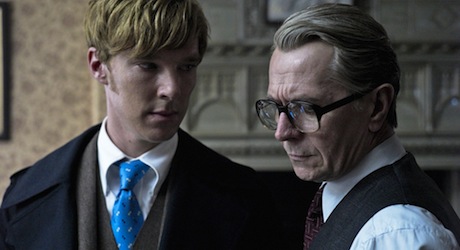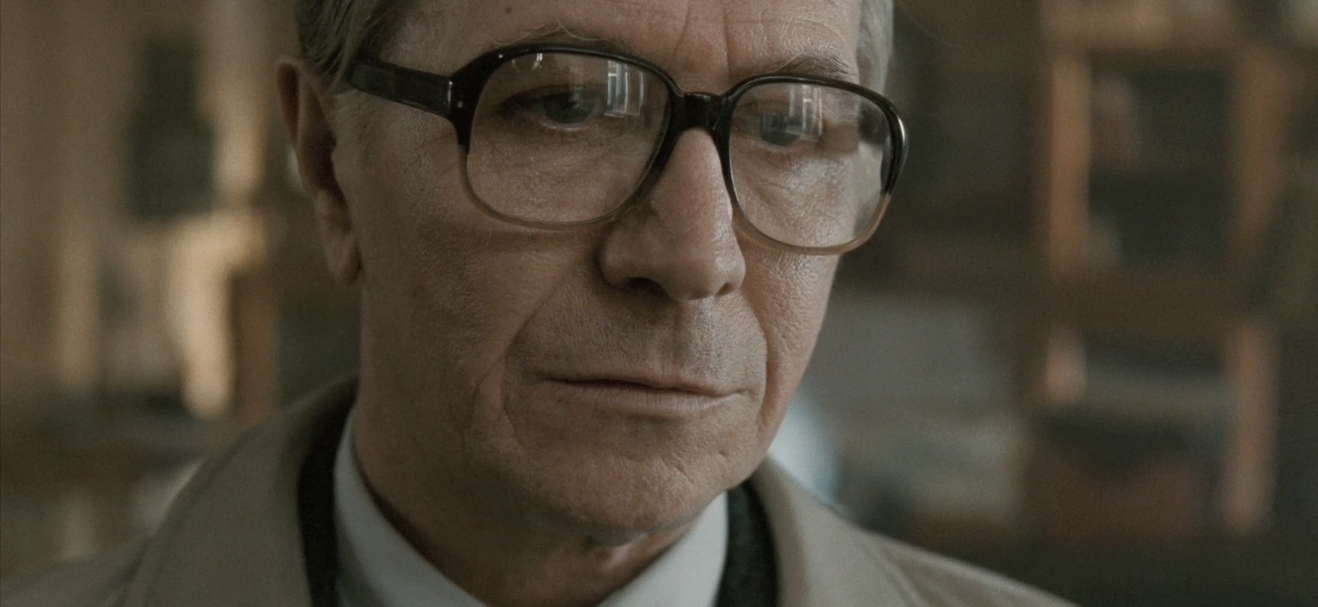I am glad that we were given a step by step process, it was really easy to go through, and when I had the go through with the camera, I slowly made sure I fully understood each step I was doing, so I was sure I felt confident with the camera.
By David Sinnenschen.
(handy diagrams are print screened for future reference from Google books)
2. environments that can be fleshed out with sonic ambiance.
Assist in the selection of locations by considering acoustic factors.
ADD PHOTOS -
I decided that during the pre-vis, I would basically get a general idea of the location in terms of sound and lighting. I used the natural and electric light situations as a basis for how I might light the room to make it look as natural as it can be. I also took photos to accompany my notes.
Notes from my notebook (apologies if they don't fully make sense, I kept walking around/moving when the others were photographing, so I would go back to rooms/make general notes.)
LIVING ROOM -
Blinds, curved window with shrubbery outside.
Low chandeliers, table/box in the middle of the room, fire place opposite sofa.
Positioning of lights would have to depend on how much furniture stays the same (table etc) living room has middle for lights, just need to decide how to have lights within the room.
There is a gap between the chair and draws in left far side of the sofa. Two lamps either side of the sofa. If same colour, could use as practicals for light touches.
COLOUR SCHEME FOR LIVING ROOM -
Living room - light teal/blue, with complimentary light, soft yellows. Quite ice creamy, pastel.
Chandelier casts shadows onto the ceiling and walls.
Draped curtains - blue silk.
4 candles on windowsill.
Old fireplace, brick.
LIVING ROOM LIGHT OFF -
slight flow if other rooms light on. Soft light coming through blinds. Each blind when moved will cast different shadows/soft light in different places.
When lights are a warmer tone, it compliments the yellows and makes the blues feel warmer.
Same with natural light, it brings the temperature down.
MIDDLE ROOM -
A lot less dense with furniture, wardrobe, table on side, clock etc.
Same issues with light & shadows. Warmer hue, yellow one side, blue the other.
KITCHEN -
Wide open patio doors.
Letting in a lot of light, reflects onto table & chairs & floor.
Mirror on the wall with brick behind.
Wide kitchen is darker & goes in to the room.
Another window to the right letting in a soft light.
More creams in this room & whites. Hint of grey on walls. Curtains yellow.
Spotlights are spread throughout room. Even close to windows.
Garden is quite open but a lot of white space with the sky.
A few candles on table.
SOUND -
You can hear an underlying pitch from the kitchen. Possibly a fridge?
Front of the house is close to road. Quite gentle. Goes from left to right (corner)
Bushes & trees on both sides of house so can allow nature noises.
Downstairs -
Carpet with kitchen tiles.
Table in kitchen plastic.
Slight creak as you walk through the house.
Soft movement of fabric as you sit (pbuuump)
Might be slight echo in kitchen.
Slight creaks from upstairs.
Also possible distant sounds of traffic from a far/rumbles.
Clock in middle room clicks.
Next to kitchen is a utility, this seems to be where the noise comes from in the kitchen.
Also hint of planes.
Squirrel in garden, pigeon, birds, trees etc.
Actual bell for doorbell.
HALL -
Hall lights beam down & provide sharp shadows on people's faces.
Daylight it's dark, soft light comes through each side of the door.
Light on inside & 3 outdoors, 2 side & one above. (door)
Window half way up stairs.
BEDROOM -
Light reflects on wardrobes, 2 mirrors - on 2 walls.
2 lamps on either side of bed.
light on top of big mirror.
Balances the light of the lamps.



























































